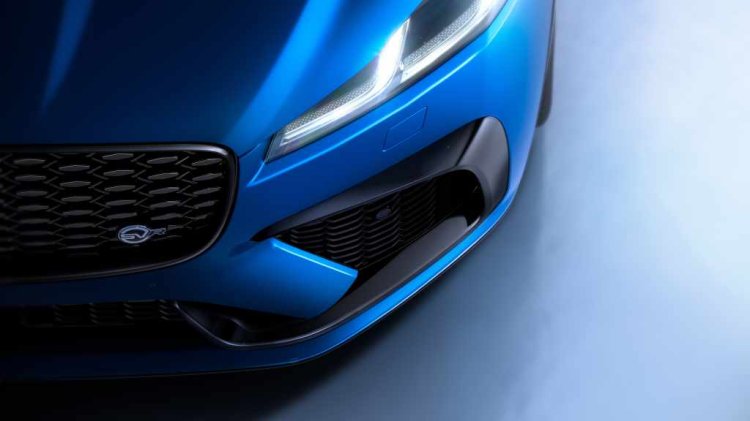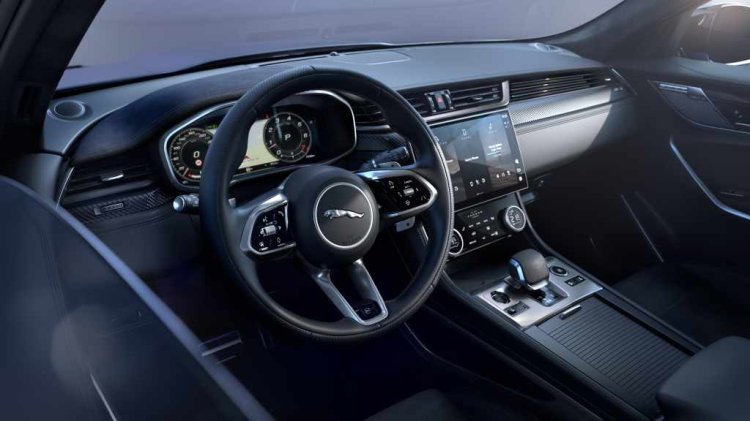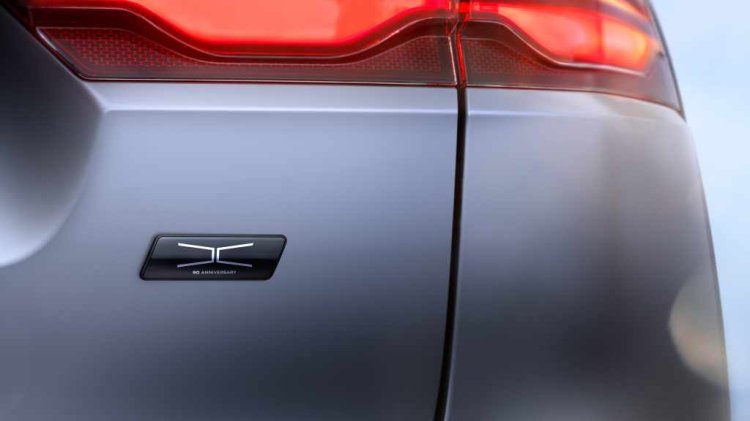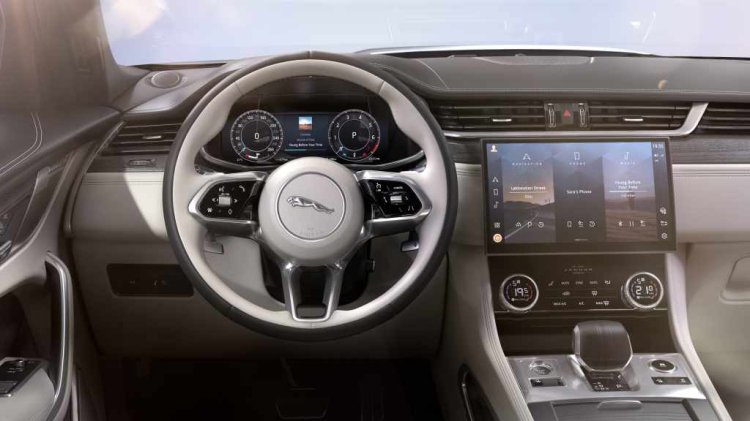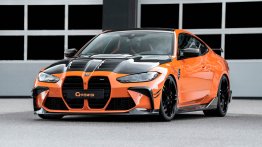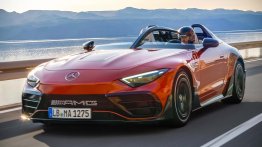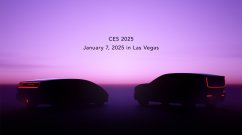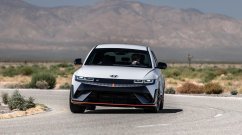Behind the F-PACE 90th Anniversary Edition is a story spanning nine decades (1935 to 2025) of automotive leadership. It occupies a notable place in Jaguar’s heritage as its first-ever SUV, among a remarkable lineage of vehicles and innovations.
The pioneering spirit of Jaguar can trace its roots back to the 1930s, which was accelerated in the 1940s with the development of the XK engine that would stay in production for 40 years and be the backbone of motorsport success.
Jaguar’s first sports car was a two-seat roadster with unrivalled refinement and comfort. The first 240 cars used a hand-made aluminium body and featured the company’s all-new, 160hp 3.4-litre, double-overhead cam XK straight-six engine. The XK120’s 120mph top speed made it the world’s fastest production car. To demonstrate this, Jaguar ran the car on a closed motorway in Jabbeke, Belgium – and achieved 126mph. Victories in the 1951 and 1952 Alpine rallies were among the XK120’s many motorsport successes.
In 1951, the C-type with its weight-reducing multi-tubular triangulated frame, became the first Jaguar to win the 24 Hours of Le Mans, on its first attempt – breaking records for distance covered and average speed in the process. Following that victory, Jaguar engineers developed pioneering disc brake technology in collaboration with Dunlop. At Reims in 1952, the C-type became the first vehicle with disc brakes to win an international race.
One of the world’s most iconic vehicles, the Jaguar E-type was unveiled in 1961 - setting new standards in automotive design and performance. More than 70,000 were built over 14 years. Offered as a two-seat roadster or fixed-head coupe, the iconic design was a result of an obsession with aerodynamics. With a 265hp 3.8-litre, triple-carburettor version of the XK engine, it was a capable of 0-60mph in 6.9 seconds. In 1964, the XK’s displacement increased to 4.2 litres, and then in 1966 a 2+2 fixed-head coupe joined the line-up. In Series 3 form, E-type became the first Jaguar to use the new, all-aluminium 5.3-litre V12, which developed an effortless 272hp and set new benchmarks for smoothness and refinement.
Another Jaguar to have claimed the title of the world’s fastest vehicle is the XJ220. Entering production in 1992, the XJ220 was constructed using an advanced aluminium honeycomb structure, bringing both immense strength and light weight, at just 1,470kg. With a top speed in testing of 213mph in 1991, it remains the fastest ever Jaguar production car.
The illustrious 5.0-litre V8 engine was launched in 2009, replacing the highly successful 4.2-litre Jaguar V8. Like its predecessor, the quad-cam, 32-valve all-aluminium engine was originally offered in naturally-aspirated and supercharged versions – in a number of Jaguar vehicles – and offered more power, more torque, and greater refinement. This engine has featured in the F-TYPE since 2012 and in the F-PACE SVR since 2018.
Pioneering engineering continued as Jaguar introduced one of the world’s first premium electric vehicle in 2018 - the I-PACE. Using bespoke EV aluminium architecture, it is Jaguar’s most torsionally rigid structure to date, with 50:50 weight distribution and twin Jaguar-designed motors delivering 400PS and 696Nm. Since launch, the I-PACE has claimed more than 90 awards including an unprecedented treble at the 2019 World Car of the Year Awards: winning World Car Design of the Year, World Green Car and World Car of the Year, as well as European Car of the Year 2019.
From 2025, Jaguar will transform into an all-electric luxury brand, with uniquely expressive vehicles defined by pioneering technologies and visionary design.





